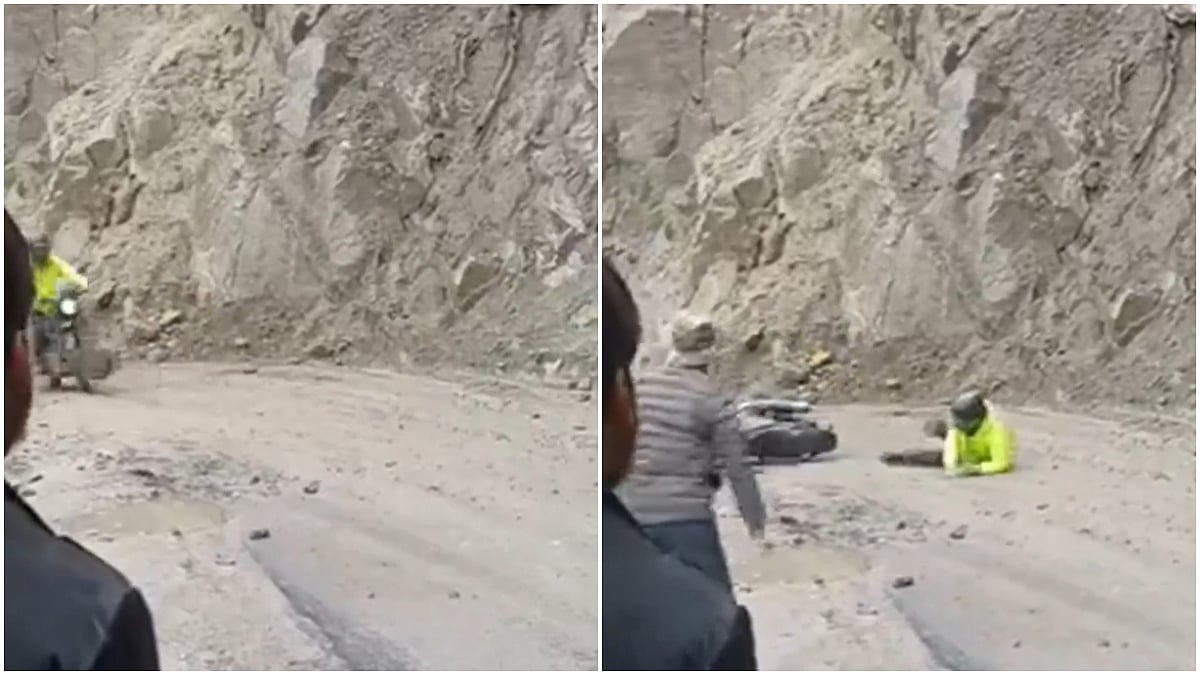Chandrayaan-3, India's moon exploration mission, has found a moon crater measuring 160 kilometres wide close to where it landed. The most recent discoveries made by the Pragyan rover during the mission have been documented in the newest publication of Science Direct by researchers from Ahmedabad's Physical Research Laboratory.
Chandrayaan 3 Still On Duty
The third lunar expedition, Chandrayaan 3, continues to uncover new findings on the moon's terrain. The optical cameras on the rover have captured detailed images of the ancient crater, providing important information about its structure.

Moon's Craters | X (@Bhardwaj_A_2016)
Researchers think this will also uncover important clues about the moon's geological past. This offers a unique scientific chance to examine one of the most ancient geological structures on the celestial object.
The Prayan rover sent data back to the Earth, revealing the presence of a newly discovered crater. According to a report by India Today, the rover is currently investigating the surface of the moon in the South Pole region of the celestial body.
Details Of Newly Discovered Crater
The Pragyan rover found a new site while exploring a highland area 350 km away from the Aitken basin in the South Pole, which is the moon's largest and oldest impact basin, based on collected data. Understanding the early geological evolution of the moon is key, and the dust and rock from the new layer play a crucial role.
The location contains a wealth of material gathered from previous collisions and has attracted attention from missions exploring the moon. Nearly 1,400 meters of debris came from the Aitken basin, with additional geological material from smaller craters nearby.

What Do The Scientists Conclude?
Scientists theorise that the recently discovered 160-km-wide crater was created prior to the development of the Aitken basin. This discovery ranks as one of the most ancient geological formations found on the Moon's surface. The report stated that the crater has become buried under debris from later impacts and has deteriorated over time due to its age.










